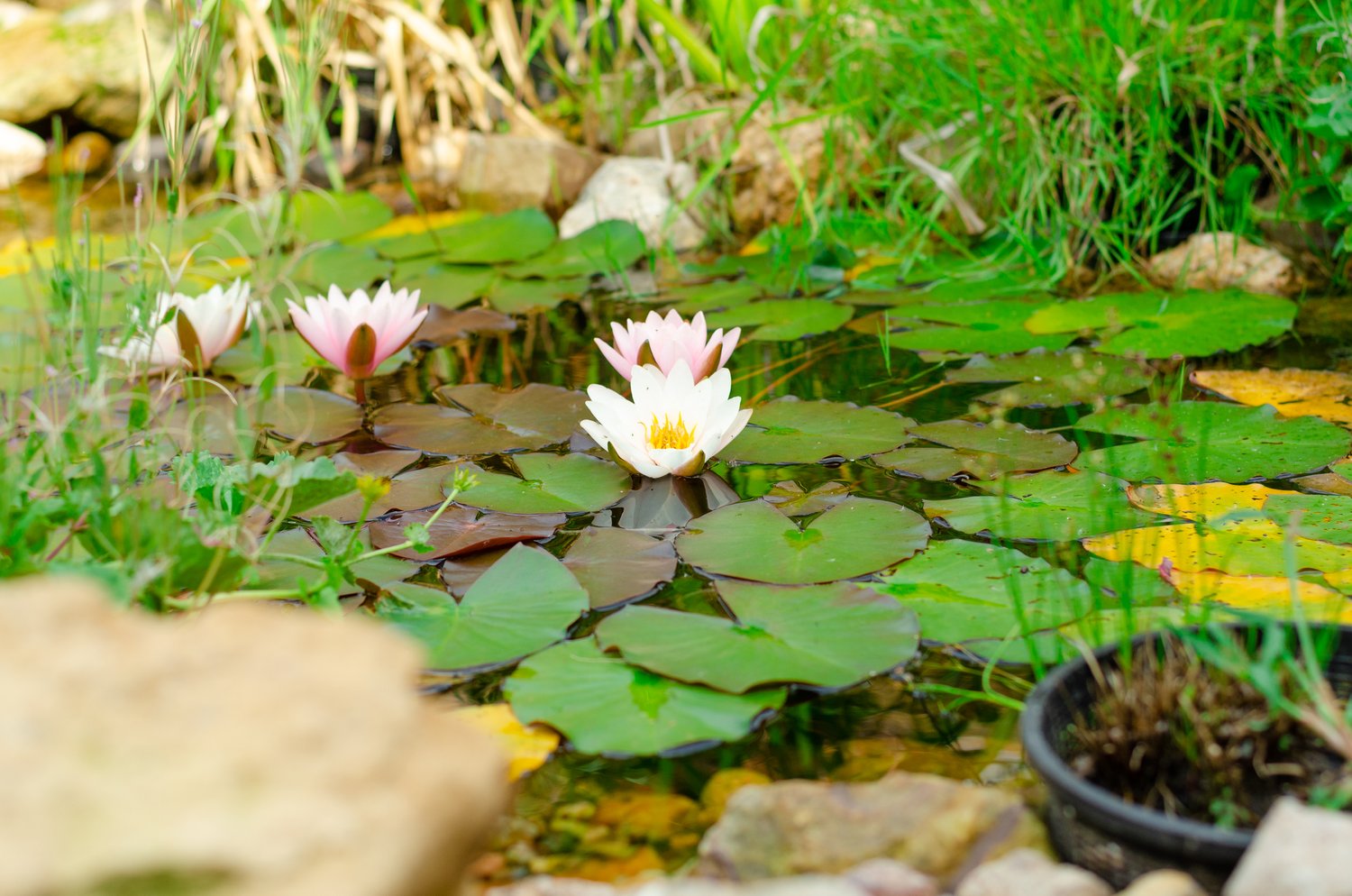The addition of water features to your garden creates a sensory experience that transforms an ordinary outdoor space into a peaceful retreat. Whether you’re considering a bubbling fountain, a serene pond with fish, or the dramatic cascade of a waterfall, water brings movement, sound, and life to your landscape. This article explores various garden water features that can enhance your outdoor living area, with practical advice on selecting, installing, and maintaining these aquatic additions for year-round enjoyment.
The Appeal of Garden Water Features
Water has an inherently calming effect on our senses. The gentle sounds of flowing water can mask unwanted noise from traffic or neighbors, creating a private sanctuary in your backyard. Garden water features serve as focal points that draw the eye and invite contemplation. They also attract beneficial wildlife, adding another dimension of natural beauty to your landscape. From the hypnotic ripples across a pond’s surface to the dynamic splash of a fountain, water features create visual interest that changes with the light throughout the day. Many homeowners find that adding a water element to their outdoor space significantly increases the time they spend enjoying their gardens.
Backyard Pond Ideas for Every Space
Creating a backyard pond can be as simple or elaborate as you desire. For smaller gardens, consider a preformed pond liner that can be installed in a weekend. These compact water features can host aquatic plants and even a few small fish without overwhelming the space. Larger properties might accommodate naturalistic ponds with varying depths to support different types of pond life. Edge your pond with flat stones that slightly overhang the water to create hiding spots for frogs and other beneficial creatures. Incorporate marginal plants like iris and rush at the edges, floating plants like water lilies for surface interest, and oxygenating plants beneath the surface to maintain water clarity. Remember that pond location is crucial—choose a spot that receives partial shade to prevent excessive algae growth but enough sunlight for aquatic plants to thrive.
Outdoor Fountain Design Considerations
An outdoor fountain design should complement your garden’s existing style while meeting practical requirements. Classical gardens benefit from formal fountains with symmetrical designs, while contemporary spaces pair well with minimalist water features emphasizing clean lines and simple shapes. Consider scale carefully—an oversized fountain can overwhelm a small garden, while a tiny bubbler might get lost in a large landscape. The sound of your fountain matters too; some designs create a gentle trickle, while others produce a more dramatic splash. Visit garden centers and public gardens to listen to different fountain styles before making your choice. AskHomey recommends consulting with a landscape professional for advice on properly integrating larger fountain installations with existing irrigation and electrical systems to ensure safety and efficiency.
DIY Waterfall Garden Projects
Creating a DIY waterfall garden offers the most natural-looking water feature and can be adapted to almost any garden size. Even modest slopes can be enhanced with a small cascade that recirculates water through a hidden pump. Start by sketching your design, considering how the waterfall will look from key viewing points in your garden. For a natural appearance, vary the width and direction of the flow at different points. Use rocks of various sizes, embedding larger stones securely into the slope and hiding the liner completely. The sound of your waterfall depends on how the water impacts surfaces—falling water that hits flat rocks creates a louder splash, while water that slides down angled surfaces produces a gentler babble. Beginning DIY enthusiasts might start with a small cascade using a preformed unit, while those with more experience can create custom designs using flexible liner material and natural stone.
Maintenance and Seasonal Care
All garden water features require ongoing attention to remain attractive and healthy. Regular maintenance includes removing fallen leaves and debris, especially in autumn when deciduous trees shed their foliage. Pond owners should monitor water quality, adding beneficial bacteria as needed and ensuring proper filtration. In regions with cold winters, fountains may need to be drained and covered, while pond owners must ensure that ice doesn’t completely seal the surface, which can trap harmful gases beneath. Installing a small floating heater or bubbler can maintain an opening in the ice without heating the entire pond. Spring cleaning involves checking pumps and filters, removing accumulated silt, and dividing and replanting any overgrown aquatic plants. These seasonal tasks ensure your water feature remains a source of pleasure rather than becoming a maintenance burden.
Integrating Water Features into Your Overall Landscape
The most successful garden water features feel like natural extensions of the surrounding landscape. Connect your water feature to adjacent garden areas with complementary plantings that echo the moisture-loving species around the water. Create comfortable seating nearby to encourage lingering and appreciation of your aquatic installation. Thoughtful lighting extends enjoyment into evening hours—underwater lights create magical reflections, while subtle path lighting ensures safe access after dark. Consider how your water feature will be experienced from inside your home as well, positioning it where it can be viewed from frequently used windows to maximize enjoyment throughout the seasons.
For more tips and to connect with reliable home service professionals, follow AskHomey on Facebook and Instagram.



